Applications of high frequency technology
By using high-frequency signals in the frequency range between several hundred megahertz (MHz) and several hundred gigahertz (GHz), various applications can be realized. In comparison, visible light, depending on its colour, has a much higher frequency, at around 760 Terahertz (THz). No medium is required for propagation in space, which results in many different use cases and advantages for you and your application.
We support you with know-how in the following areas
Radar Technology
With the help of high-frequency technology, radar systems can be developed with which the distance to an object can be determined relatively or absolutely. Fields of application are non-contact distance, vibration or layer thickness measurements in industry, or the detection of vital parameters in medical and life science applications. A further area of application is, for example, presence detection in front of doors and for security systems.
When measuring vital parameters, the great advantage is that the measured values can be recorded contactlessly through clothing or bed covers. The radar system can be installed behind covers, so that the person is not aware of the measurement and therefore does not have the feeling of being monitored. In addition to the areas of application for monitoring people, for example in motor cars and beds, countless others are thinkable.
In industrial applications radar also offers many advantages. On the one hand, the component costs for the necessary components have fallen sharply in recent years due to their integration in MMICs (Monolithic Microwave Integrated Circuits) and high-performance microcontrollers, making the systems compact and inexpensive to manufacture. On the other hand, with radar systems it is possible to measure distances contactlessly and simultaneously under harsh environmental conditions. Dust or fog can be penetrated by the electromagnetic waves to a large extent. This results in lower costs and an advantage over conventionally used optical measuring systems.
Advantages of radar technology are
- High-precision relative distance measurements possible (< 1 µm)
- Excellent for low power applications (< 30 µW)
- Independent of temperature and lighting conditions
- Low cost due to inexpensive commercial off-the-shelf components
- Can be hidden behind a protective cover
- Determination of distance, speed, direction of movement, object properties and many more
- Penetration of numerous materials
Further information[
For further information on radar technology and its applications, please visit our blog.
Please contact us if you have further questions regarding application, feasibility and realization!
Mobile Communications
By using different modulation schemes, data can be transmitted in various standards. Not only does it require a high software effort, it also increases the complexity of the hardware. In particular, this is the case with the new 5G network standard or the use of massive MIMO. Since, as in many areas, the trend in mobile communications is towards larger bandwidths and thus higher frequencies, the materials of radoms or the surrounding environment must also be taken into account. At all times, both the safety of humans and environment must be guaranteed as well as the compatibility with other radio services. This is described by the term electromagnetic environmental compatibility.
With the help of modern 3D field simulation software we design antennas or radoms for specific scenarios. Furthermore, we can determine the attenuation of real media and building materials by simulation and measurement. Based on this, we can create propagation and attenuation models in real senarios depending on geometries and frequencies.
RF communications are also used to build networks of small sensor nodes. Applications can be found in almost any area of industry, and also in daily life.
Examples for the application of wireless sensor systems
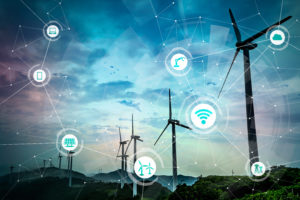
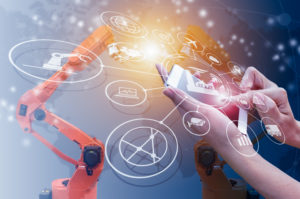


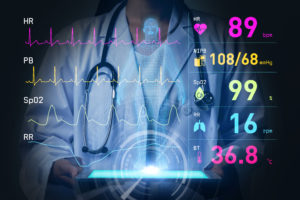
In these areas we offer you consulting for the high-frequency range of the system as well as the development of the complete system. Just contact us!
Further information
For further information on mobile technology and environmental compatibility, please visit our blog.
Localization
Due to compact and highly integrated HF chipsets it is possible to locate different objects indoor and outdoor. These can be tailored to the respective application in terms of range, accuracy, precision or battery life. This is achieved by adapting the frequencies and bandwidths of the locating methods.
Application examples for localization with modern high-frequency systems
- Localization of goods and products in warehouse and production sites
- Tracking of demented patients in medical environments
- Keyless entry systems for access control
- Localization of animals
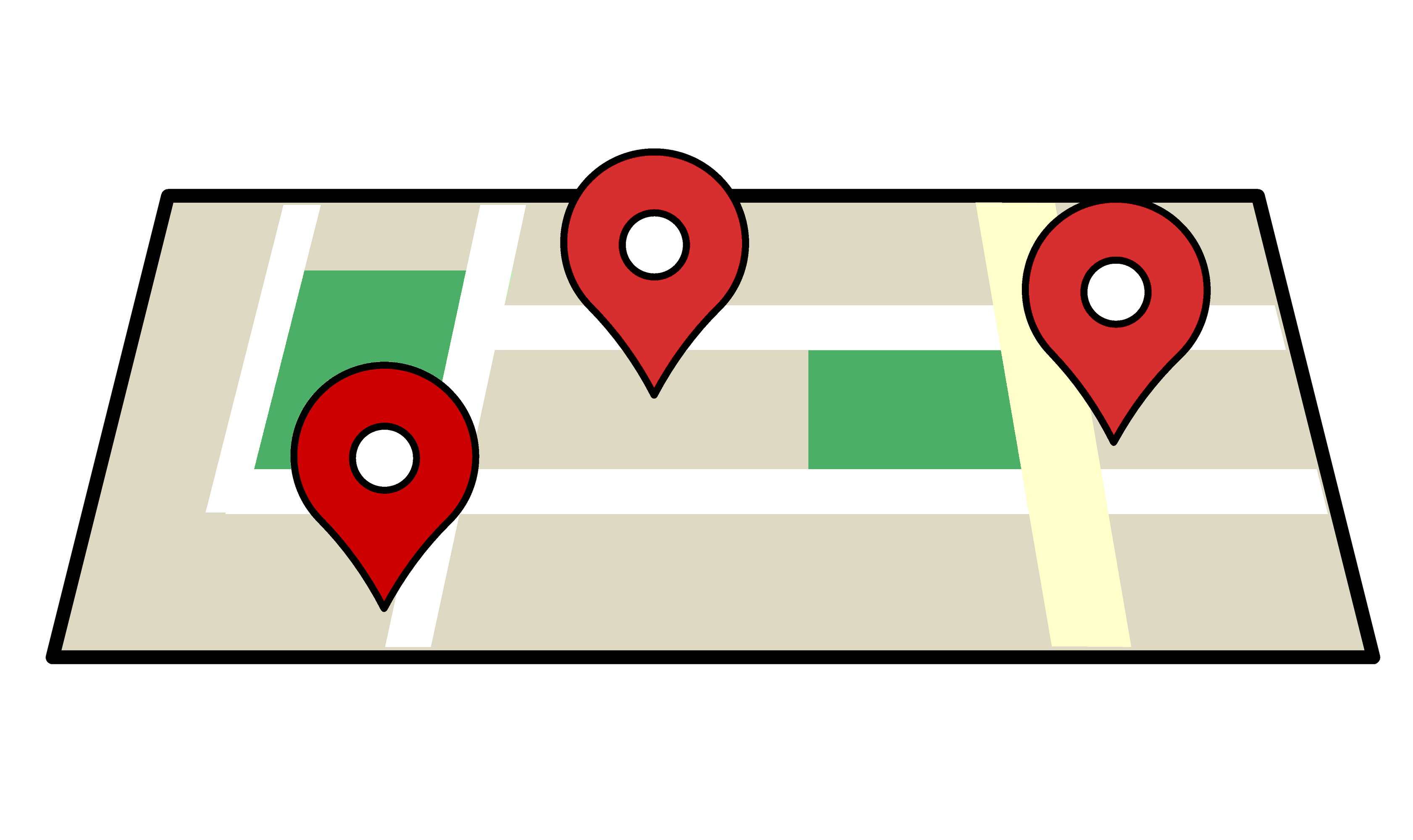
This allows the position of objects or persons in different environments and under different conditions to be tracked. In addition to the positioning systems based on Ultra-Wideband (UWB), it is also possible to use GPS or existing WLAN or Bluetooth access points for positioning.
If you are interested in tracking systems, we will be pleased to assist you or develop suitable systems for your application. Just contact us!
Resonators
Extremely sensitive sensors can be constructed using different types of RF resonators. These can be designed either as electroacoustic components or as cavity resonators. The higher the frequency, the smaller the resulting structures. With the knowledge of the exact parameters of the resonator, unknown materials can be characterized. Due to the influence of different physical parameters, a resonance frequency shift occurs, which can be detected extremely fast. With planar resonators, materials can also be characterized in terms of their losses and permittivities. These parameters are decisive for antenna coverage, among other things.
Examples of measurable parameters are
- Temperature
- Material deformation (tension & pressure)
- Chemical composition of gases and liquids
- Material characterization
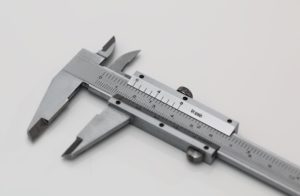
Some of the resonators can be addressed contactlessly using RF technology, which in many applications can significantly reduce wear and tear and the resulting maintenance costs. Contact us for customized solutions!